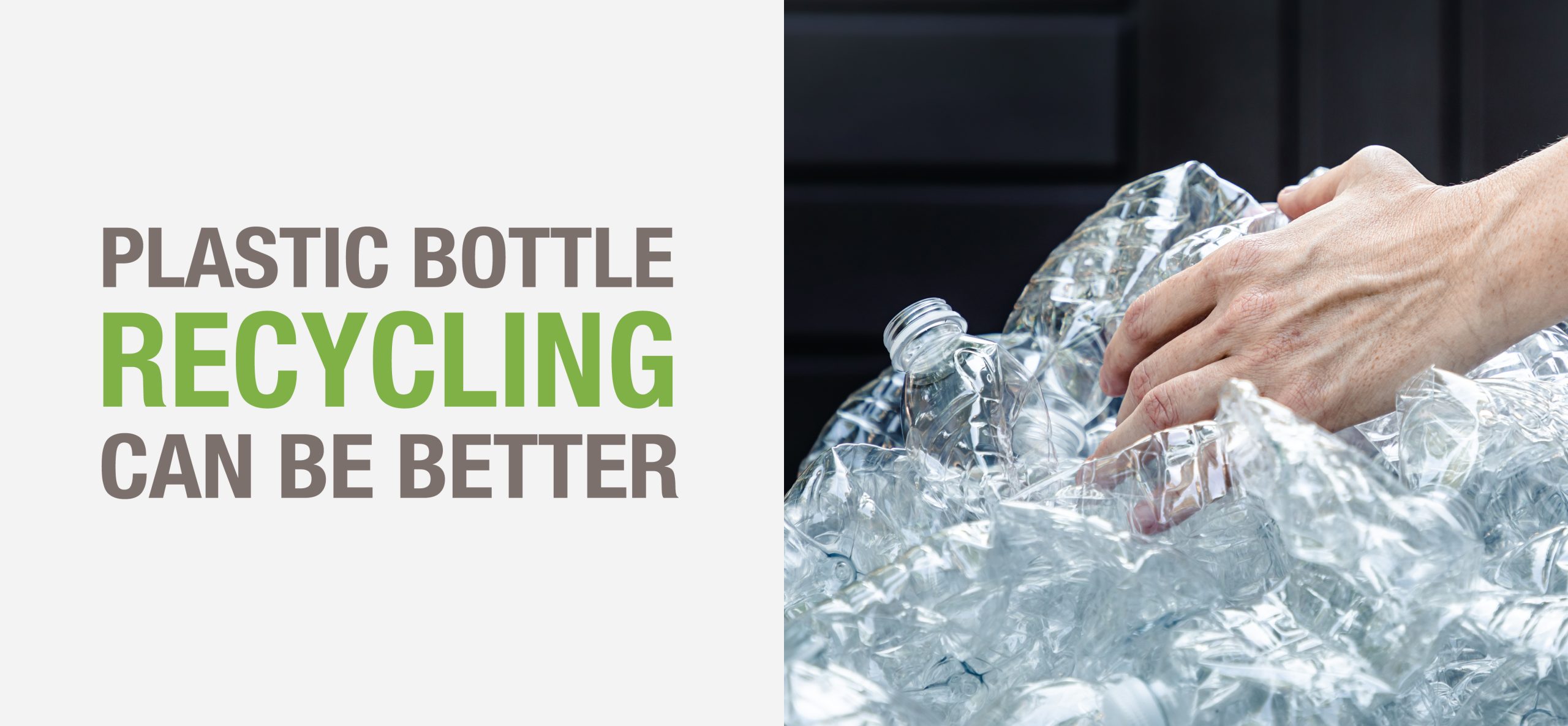Plastic bottle recycling can be better

Break Machinery is focused on raising awareness about the importance of plastic recycling. Here are some key insights on recycling plastic bottles.
Despite advancements in plastic bottle recycling technology, they still contribute to 14 % of global plastic pollution. Break Machinery is dedicated to addressing this issue with high-efficiency machines like ONE and DUO, while also promoting awareness of the problem. Let’s review key insights on plastic bottle recycling.
Plastic bottles are highly recyclable
Most plastic bottles are made from PET (Polyethylene Terephthalate) or HDPE (High-Density Polyethylene), materials known for their durability, which also makes them significant global pollutants. However, both are highly recyclable.
The recycling process: clean, melt, reuse
Plastic bottle recycling starts with collecting and sorting by type and color. They are then cleaned to remove labels, caps, and contaminants. Finally, they are shredded, melted, filtered, and formed into new products, closing the recycling loop.
Recycling rates are still low
Recycling rates vary greatly between countries, largely due to local disposal programs. Only 30 countries have established plastic bottle disposal systems. The average recycling rate ranges from 50 % in the EU to just 24 % in the US, where it has the potential to improve to 82%.
Recycle to cut waste and emissions
Plastic bottle recycling helps minimize waste in landfills and ocean pollution. It also reduces the need for new materials, conserving energy and lowering CO2 emissions associated with plastic production.
To learn more about plastic bottle recycling or start your own recycling company, email Alessandro Sartori at alessandro.sartori@breakmachinery.com